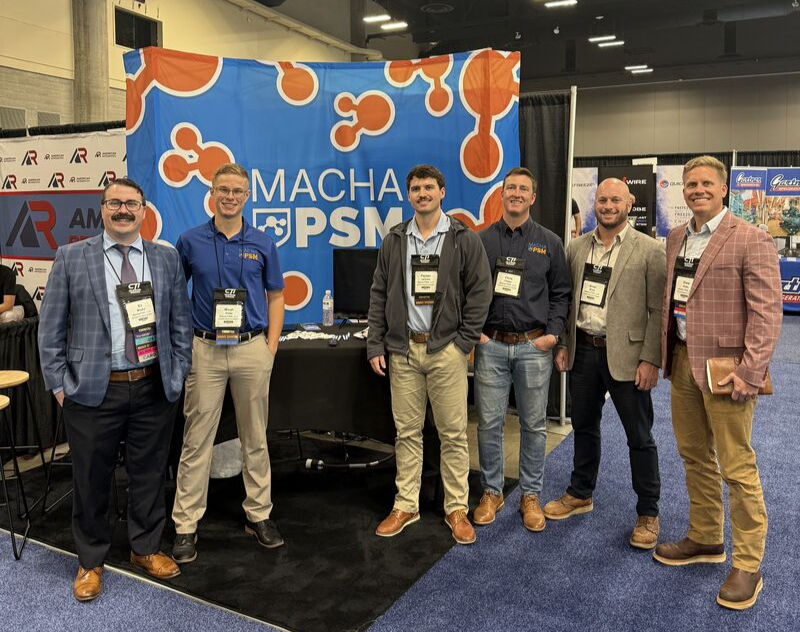How to Optimize Your PSM Program | The 14 PSM Elements: 06 Contractors | Blog No. 57
- Eli Macha, CEO

- Jan 14
- 2 min read

[This blog series derives from a technical paper written by Eli Macha, President of Macha PSM.]
Even if operators are properly trained, an unqualified contractor can spell disaster for your ammonia refrigeration system. It is helpful to consider the requirements of this element being threefold: qualification, training, and evaluation (generally in that order). Prior to performing work onsite, contractors should be qualified. After being approved, the facility should provide the contractor training on relevant site information (e.g., hazards and emergency response).
The facility should evaluate its safety performance during and after the contractor’s work.
The low-hanging fruit is to ensure that contractor qualification, training, and evaluation documentation is on file for each contractor who performs work on or adjacent to the covered process. This can be completed with paper or digital forms, PSM software, or external contractor vetting services. The first step is to ensure the documentation is on file.
Of course, there are some common pitfalls to avoid. Contractor training is often confused with the contractor’s own training records. Facilities have a responsibility to train their contractors on “the known potential fire, explosion, or toxic release hazards related to the contractor's work and the process”[1] and “the applicable provisions of the emergency action plan.”[2] Additionally, PSM Coordinators should be sure to document this training for all contractor technicians who come to their facility. This record does not need to be obtained for every technician who works for the contractor but only for those technicians who will come onsite.
The best way to elevate the contractors program is to require more of the facility’s contractors. Perhaps a facility will decide only to allow CARO or CIRO certified technicians to perform work at their site. The experience modification rating (EMR) should be reviewed. Any score of 1.0 or higher should be scrutinized. It may also behoove PSM Coordinators to request various procedures or safety programs from the contractor. Next, startups will be reviewed.
[1] Title 29 CFR §1910.119(h)(2)(ii) & Title 40 CFR §68.87(b)(2)
[2] Title 29 CFR §1910.119(h)(2)(iii) & Title 40 CFR §68.87(b)(3)





Comments